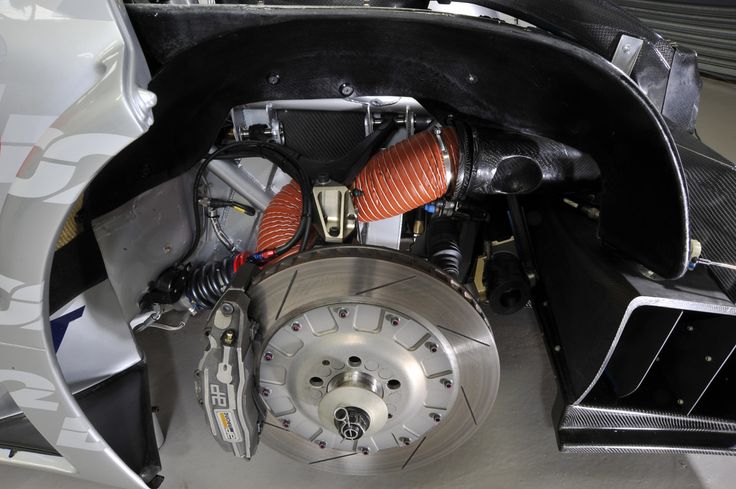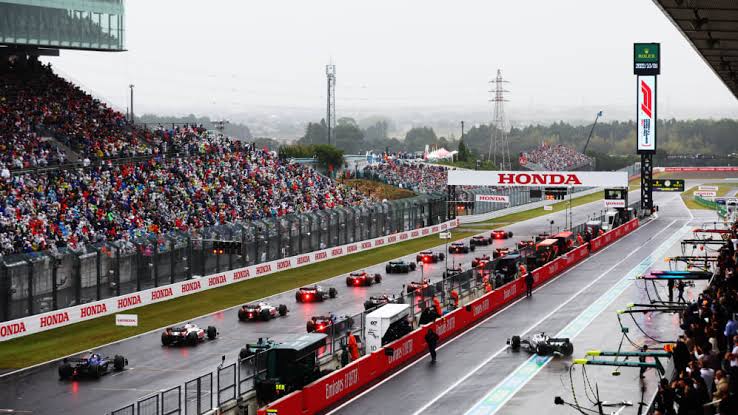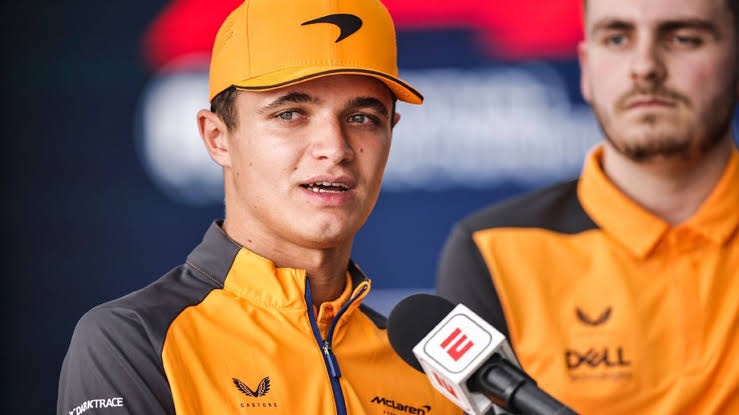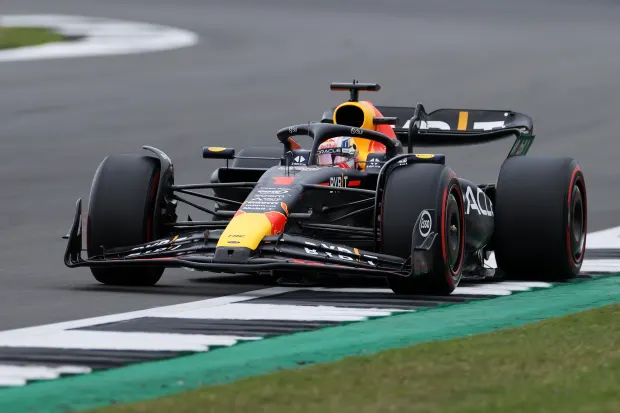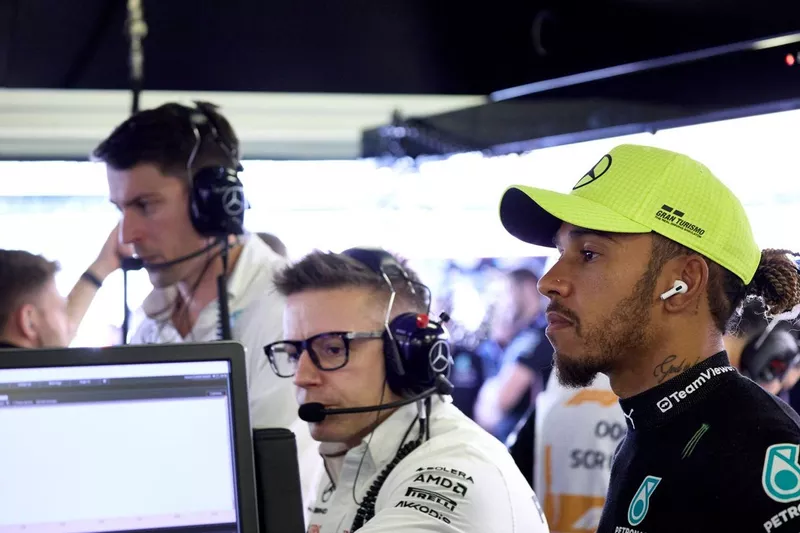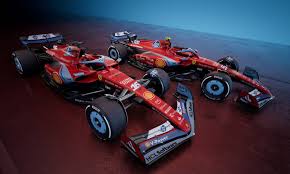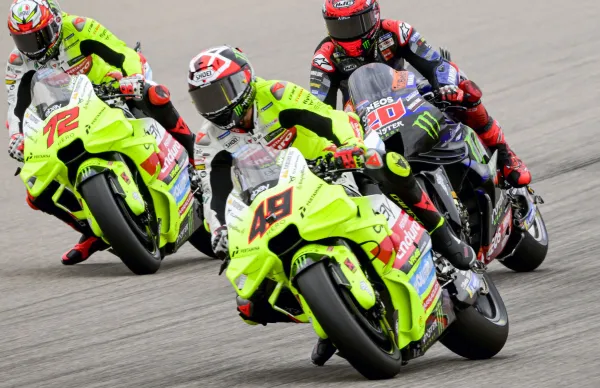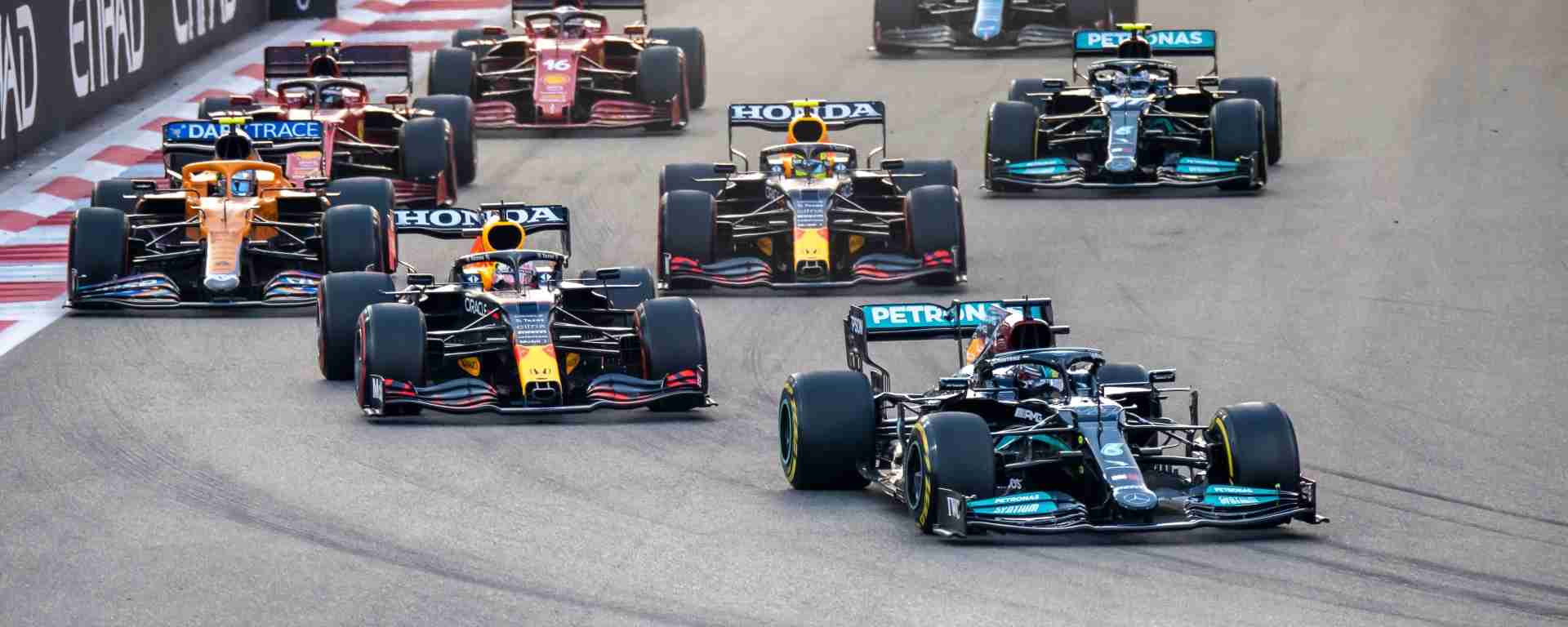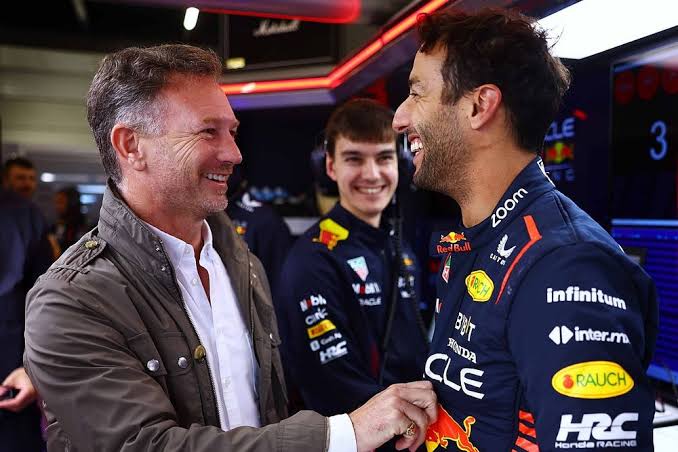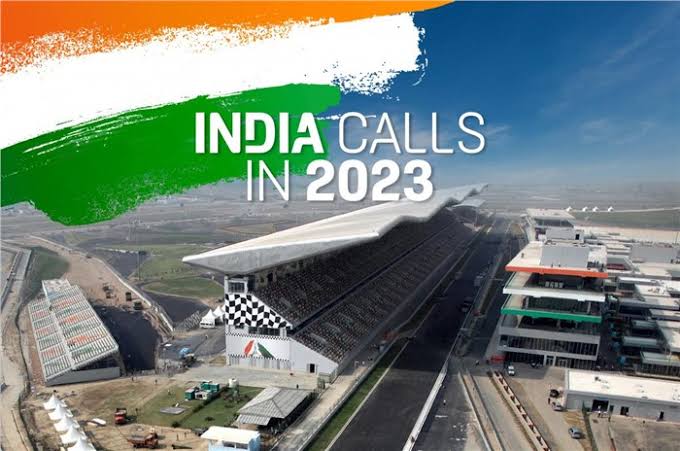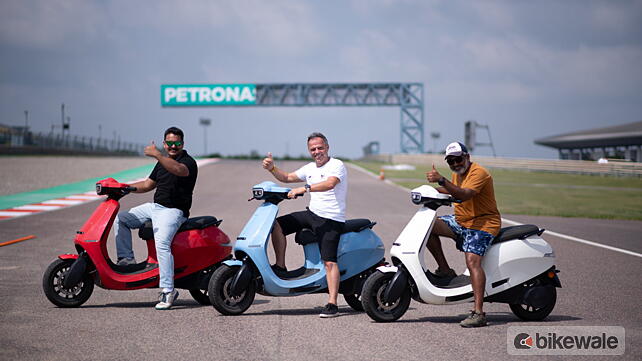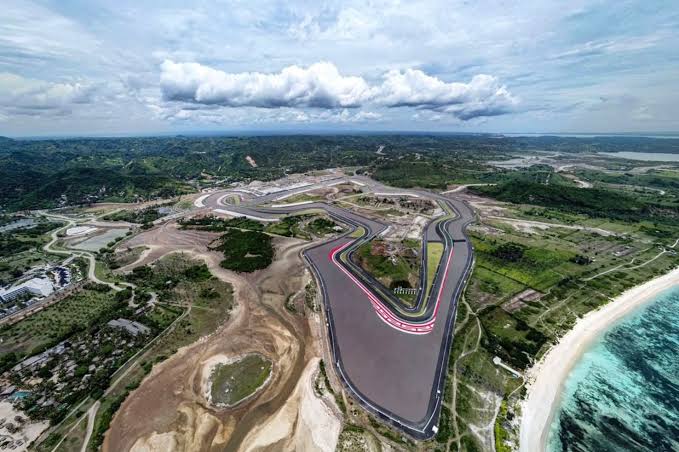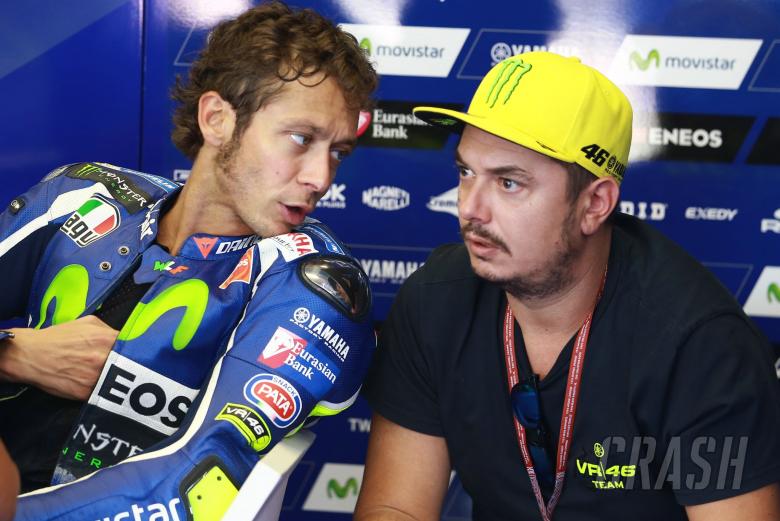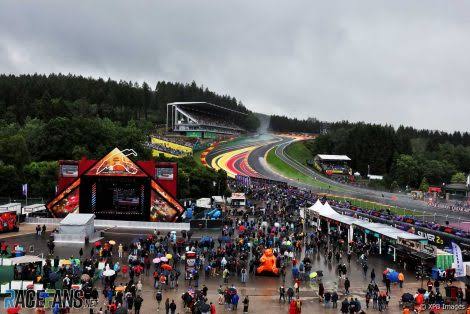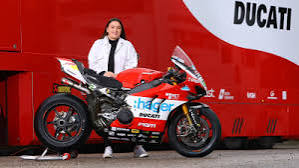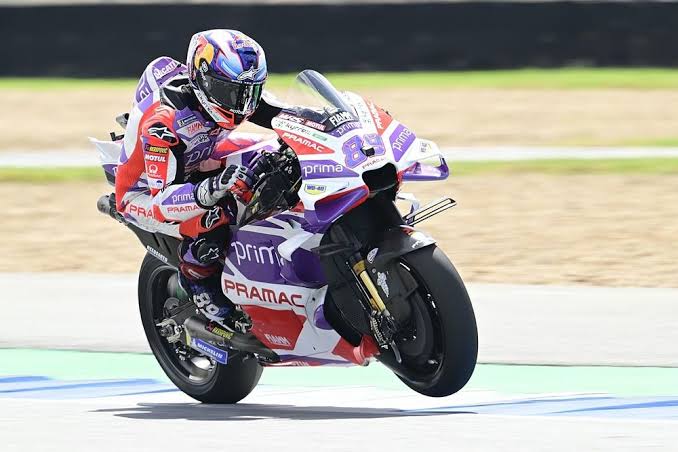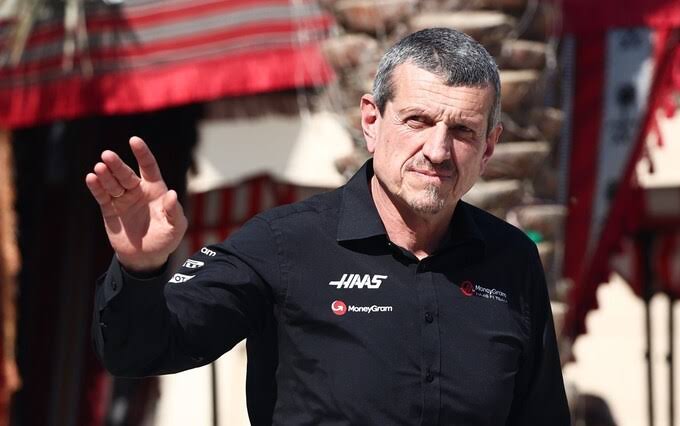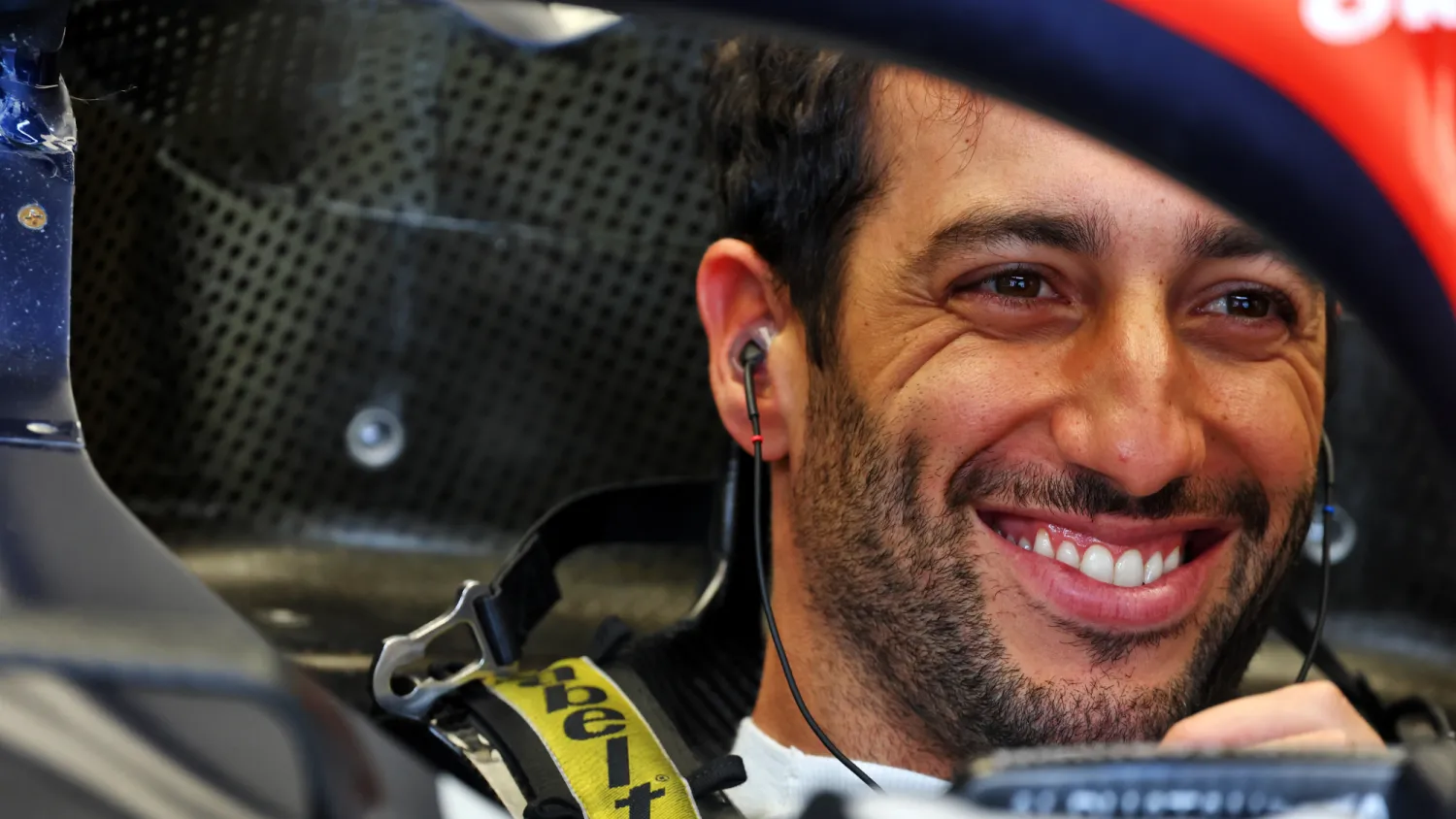The Water-Cooled Brakes Controversy
Within the world of motorsport, a great amount of controversy and technological innovation has taken place over the years. One such tumultuous time in Formula 1 came at the beginning of the 1980s regarding the use of water-cooled brakes. This ingenious but contentious technology sparked a much-debated interpretation of the rules, the spirit of competition, and the lengths teams go to for advantages in order to gain an edge over their opponents.
Origins of Water-Cooled Brakes
Water-cooled brakes were not new to the automotive world; they had been used in everything from heavy machinery to industrial equipment, simply because they dissipate heat so well. In the context of motorsport, though, their introduction was less about cooling and more about exploiting a loophole in the regulations.
The Weight Dilemma
By the early 1980s, Formula 1 was in a state of flux. The sport had polarized between teams using turbocharged engines and those still relying on naturally aspirated powerplants. The turbocharged engines were more powerful but heavier, while the naturally aspirated ones were lighter but less powerful.
In an attempt to create a level playing field, the rules stipulated a minimum weight for the cars. This is where things get murky. The rules permitted teams to top up fluids after the race before the final weigh-in. This provision was originally intended to prevent disqualification due to minor weight discrepancies brought about by the loss of fluids during the race.
The Clever Interpretation
This proved to be a certain loophole that the British teams, especially those in FOCA, were looking for. They developed what they called a “water-cooled brakes system. In fact, it had little to do with cooling brakes and everything to do with fiddling with the weight of the car.
How It Worked
Teams fitted big water tanks inside the sidepods of their cars. At the start of the race, these would be filled full, which would see the minimum weight limit reached. The water would, during the course of the race, be emptied onto the track, substantially lightening the car.
These would be empty by the end of the race but, under some interpretation of the rules, could be refilled before weigh-in after the race was over. These few teams had the enormous advantage of running their cars significantly underweight during a race.
The Controversy Unfolds
The water-cooled brake system came to a head at the 1982 Brazilian Grand Prix. Nelson Piquet of Brabham and Keke Rosberg of Williams finished first and second, respectively. However, their victories were short-lived.
Protests and Disqualifications
Immediately after the race, Renault, one of the turbo-powered teams, protested the result. They contended that the water-cooled brake system was no more than a means of circumventing the minimum weight requirements. The then governing body, FISA6 (today known as the FIA), agreed and promptly disqualified both Pique and Rosberg.
This decision infuriated the FOCA teams, who were defending their interpretation and claiming that such a disqualification was not fair at all, and they approached the FIA’s Court of Appeal, the war going into the legal field now.
The Wider Context
The controversy was hot enough to understand that Formula 1 was framed in a greater context at that particular moment.
FISA vs. FOCA
The water-cooled brakes controversy was only part of a larger war, the war fought between FISA and FOCA. Referred to as the FISA-FOCA war, this was actually a tussle in which the faction led by Federation Internationale de l’ Automobile tried to gain control over the second faction called Federation of Formula One Constructors Association.
FISA, led by Jean-Marie Balestre, wanted to establish itself as the true ruler of the sport and to involve the manufacturers. FOCA, led by Bernie Ecclestone, represented the independent teams and their interests in trying to remain competitive with the better-financed manufacturer teams.
This issue of water-cooled brakes made the two camps further apart and turned out to be a flashpoint in the ongoing conflict, which both sides saw as a test of their influence and rules interpretation.
Clever Ferrari Countermove
As the appeals dragged on, Ferrari decided to take matters into their own hands in a way that would force the issue. They arrived at the United States Grand Prix with cars sporting two rear wings.
Whereas these double wings were patently twice the size that was legal, Ferrari attempted to argue they were technically legal because the rulebook only said the size of “the” rear wing—not how many wings a car could have. Predictably, Ferrari’s cars protested and were disqualified.
This was a stroke of political genius. Ferrari knew that their cars would be found to have contravened the rules and would thus be excluded, but what the team wanted to do was to take another obvious case of exploitation of the rules to the Court of Appeals in the hope of pushing the court towards a more literal interpretation of the regulations.
The Fallout
The gamble of Ferrari paid off. The Court of Appeals threw out the appeals filed by Williams and Brabham, declaring that water-cooled brake systems would not be legal. FISA also updated the post-race weighing rules: cars were now required to be weighed in race condition with fluids not to be topped up.
This decision had a profound effect on the sport in many ways.
It effectively banned the use of water-cooled brakes in Formula 1.
It enhanced FISA’s power in terms of interpreting the regulations and carrying out the functions.
It pointed out the need for more clear-cut and detailed regulations so that such controversies could be avoided in the future.
Legacy and Lessons
Water-cooled brakes remain one of the most fascinating controversies in Formula 1 history: a tour-de-force from the racing engineers, skilled at finding and exploiting loopholes in the regulations, and valuable underlying problems governing bodies experience in an effort to draw up rules that were not only fair but unambiguous, too.
Innovation vs. Regulation
The whole controversy brings out into the open an eternal conflict within motorsport: the battle between innovation and regulation. The teams keep pushing the limits of what’s possible within the rules, and the governing body seeks to maintain a level playing field, not to mention safety.
The water-cooled brakes saga proved that sometimes the letter of the law can be in conflict with its spirit. It made them reevaluate how rules are written and interpreted in Formula 1, hence more precise and comprehensive regulations in subsequent years.
The Importance of Adaptability
Another lesson from this controversy is the adaptability of motorsport governance. When unexpected interpretations of the rules were made, FISA had to move swiftly to close the loophole.
It was because of this that the sport is likely to develop more robust processes for rule changes and clarifications in Formula 1, which means it will have faced such challenges and responded better for the future.
Water-Cooled Brakes in Other Contexts
While the Formula 1 scandal indeed concerned the abuse of water-cooled brake systems, that doesn’t mean to say there aren’t valid water-cooled brake technologies that apply practically to other contexts.
Industrial and Heavy Machinery Applications
In heavy machinery and industrial applications, water-cooled brakes hold a number of key advantages. The water-cooled brakes can work in harsh environmental conditions and with heavy loads for continuous performance. Wet brake systems are enclosed and thus protected against external contamination of the brake systems, hence ideal for very harsh environments.
Automotive Applications
Water-cooled brakes have been investigated for high-performance and racing applications other than Formula 1, though they are not common in passenger vehicles. For example, water-cooled brake discs have been tried in some racing series to improve heat dissipation and reduce brake fade in long races.
Conclusion
The water-cooled brakes controversy of the early 1980s was more than just a technical dispute. It was a pivotal moment in Formula 1 history that highlighted the complex interplay between technology, regulations, and the competitive spirit of the sport.
The episode is a good reminder of ingenuity from racing engineers and of the challenges regulators face keeping up with technological development. But above all, it is vital that the rules are clear and unambiguous so that fair competition is maintained.
While the specific controversy has long since passed, its legacy lives on in the ongoing dialogue between innovation and regulation in motorsport. As teams continue to push the boundaries of what’s possible within the rules, governing bodies must remain vigilant and adaptable to ensure the integrity and fairness of the sport.
It was a controversy, but water-cooled brakes proved to be the trigger for much that is ultimately good about F1. Clearer regulations and more robust governance processes have flowed from that decision, and perhaps above all, understanding better the delicate balance to strike between technological innovation and sporting fairness.
The lessons learned from that controversy are with us today as we look to the future of motorsport, forming how rules will be written, interpreted, and policed. In this manner, the water-cooled brakes controversy stands as a testament to the ever-changing nature of Formula 1 and the enduring spirit of innovation driving the sport forward.
